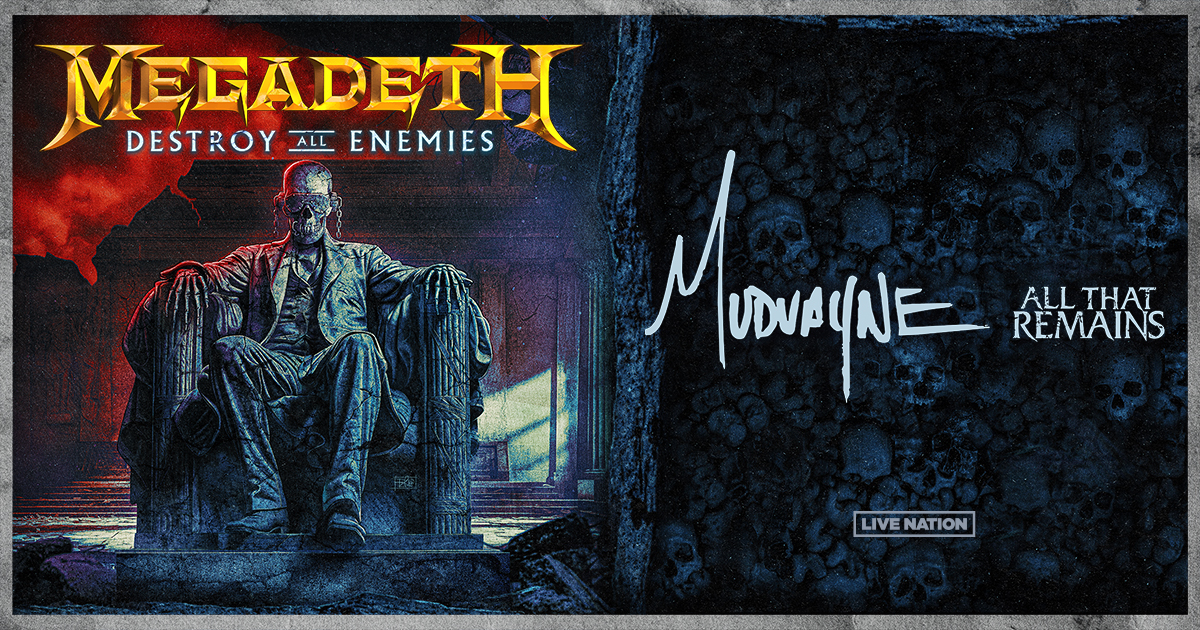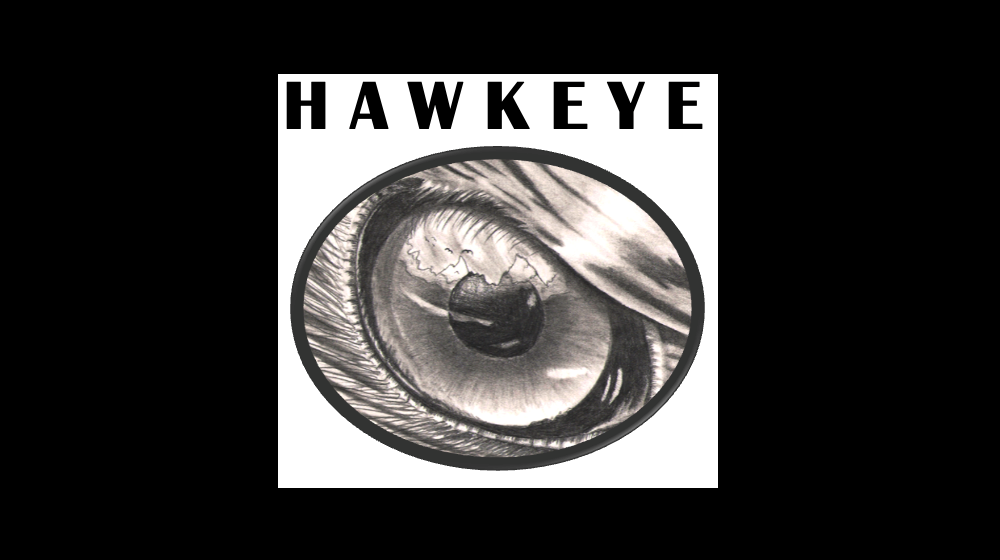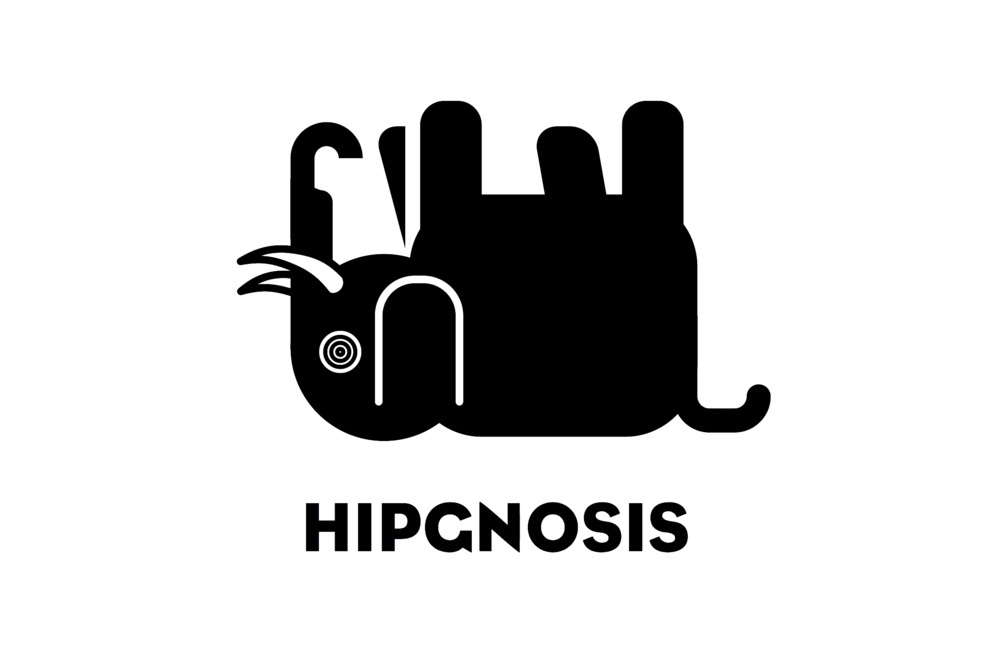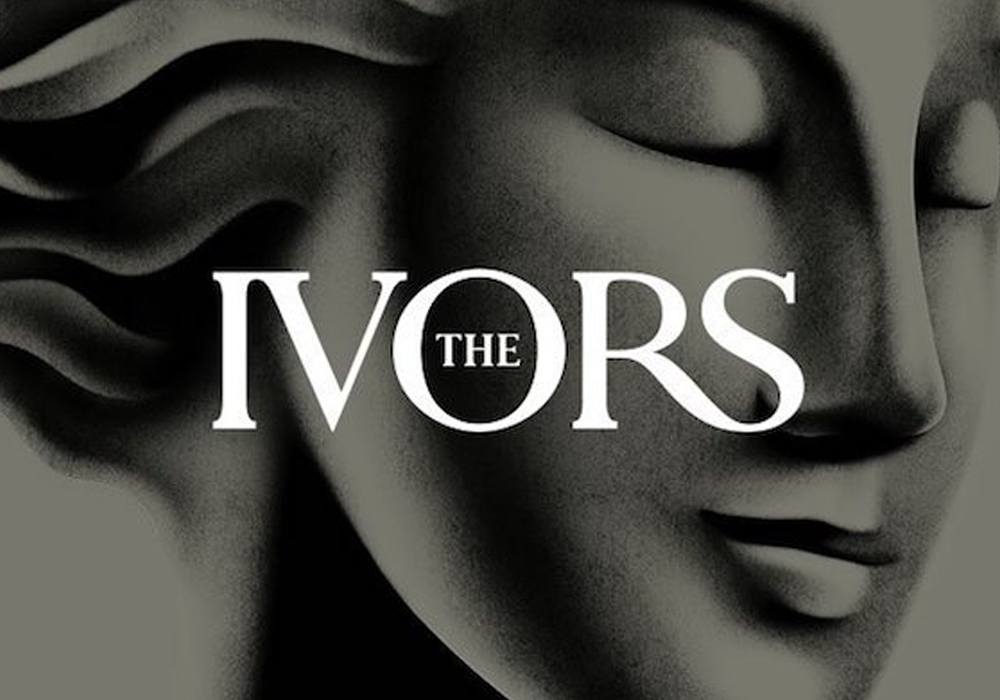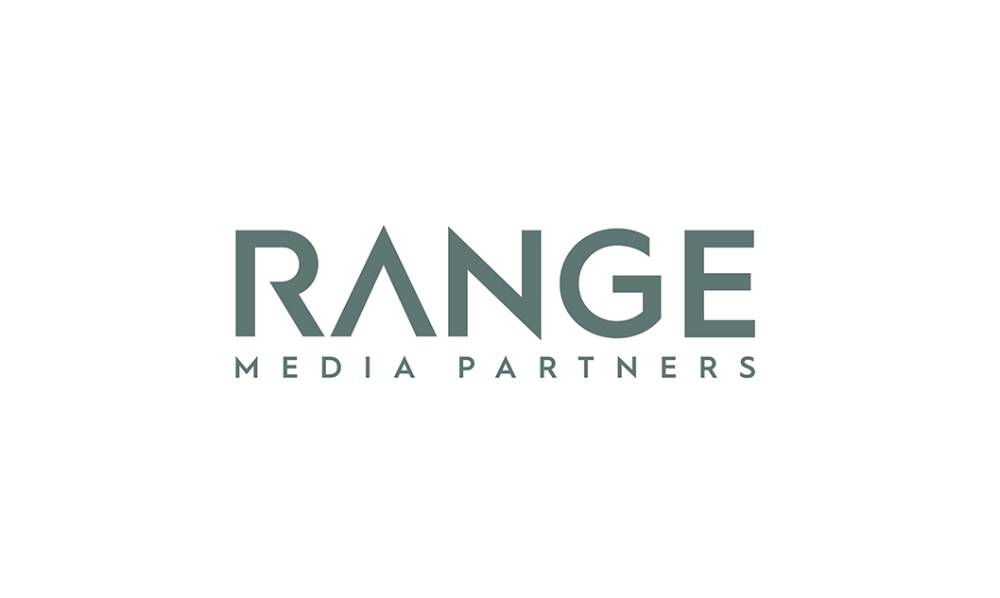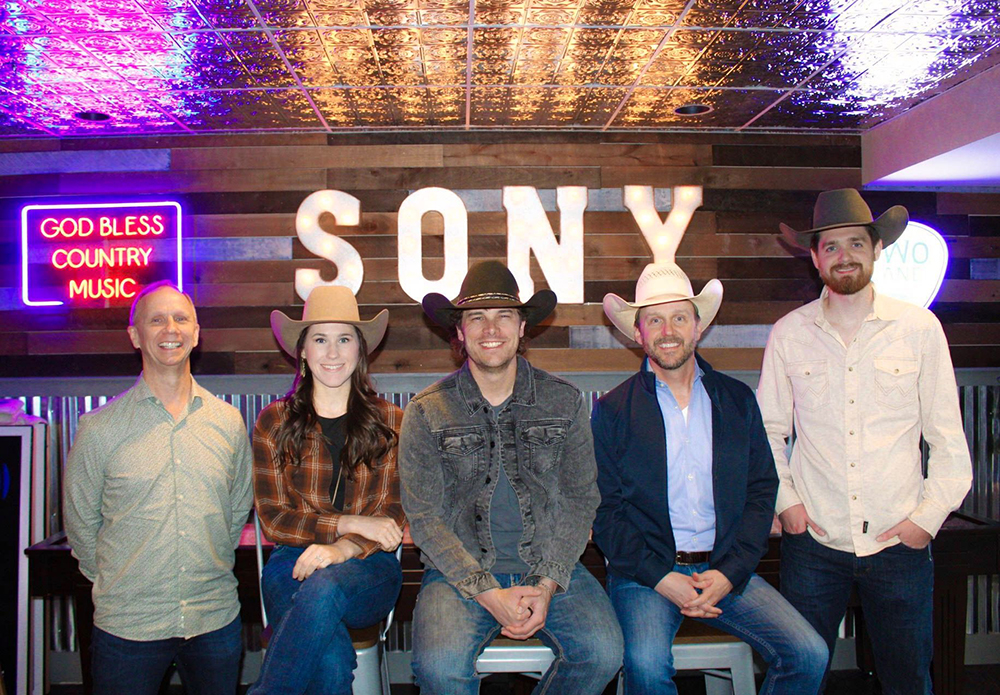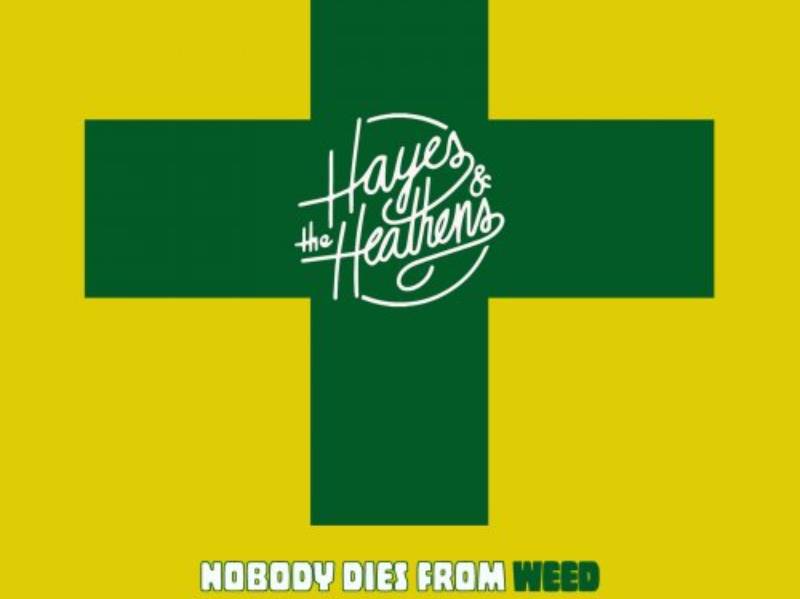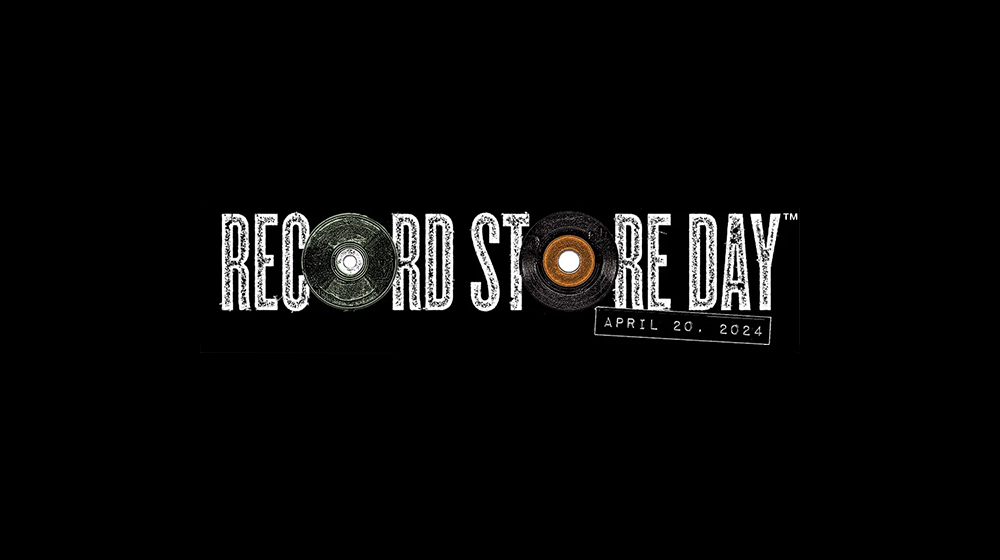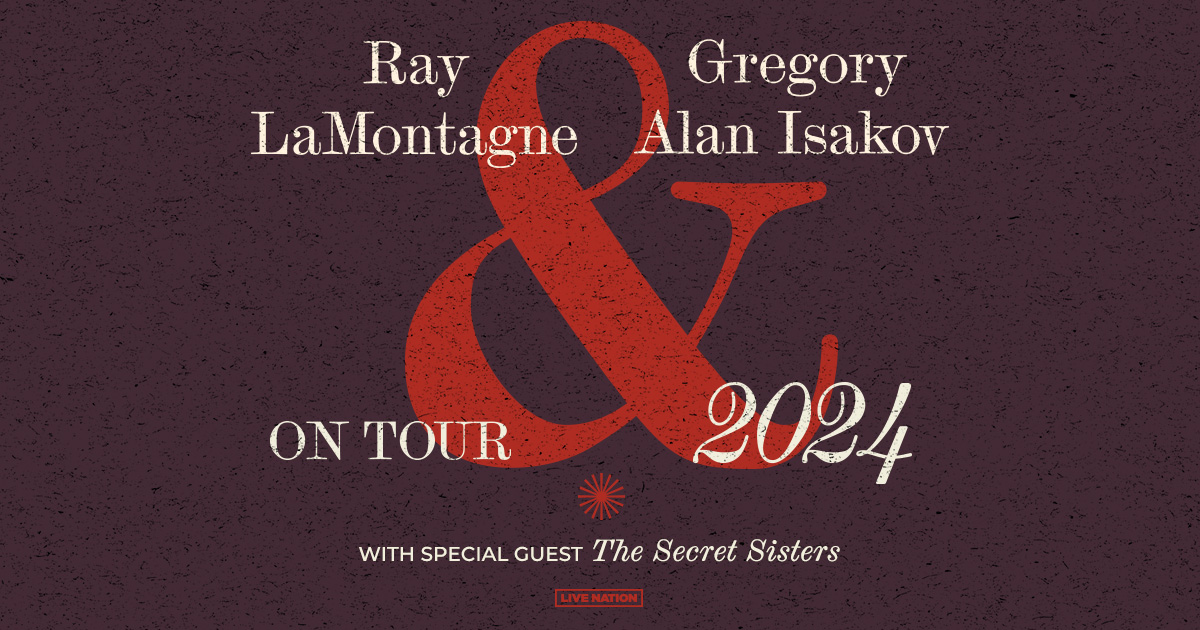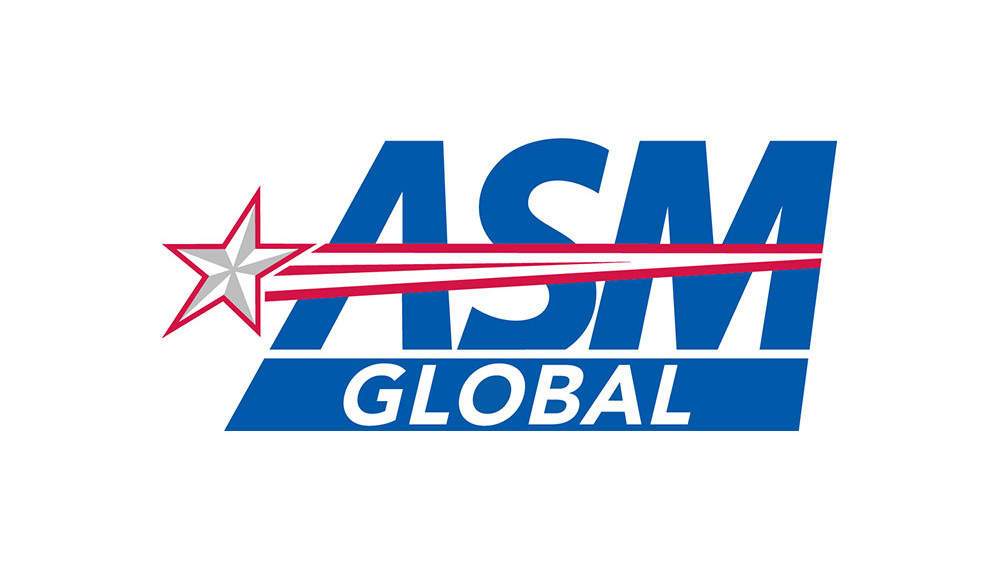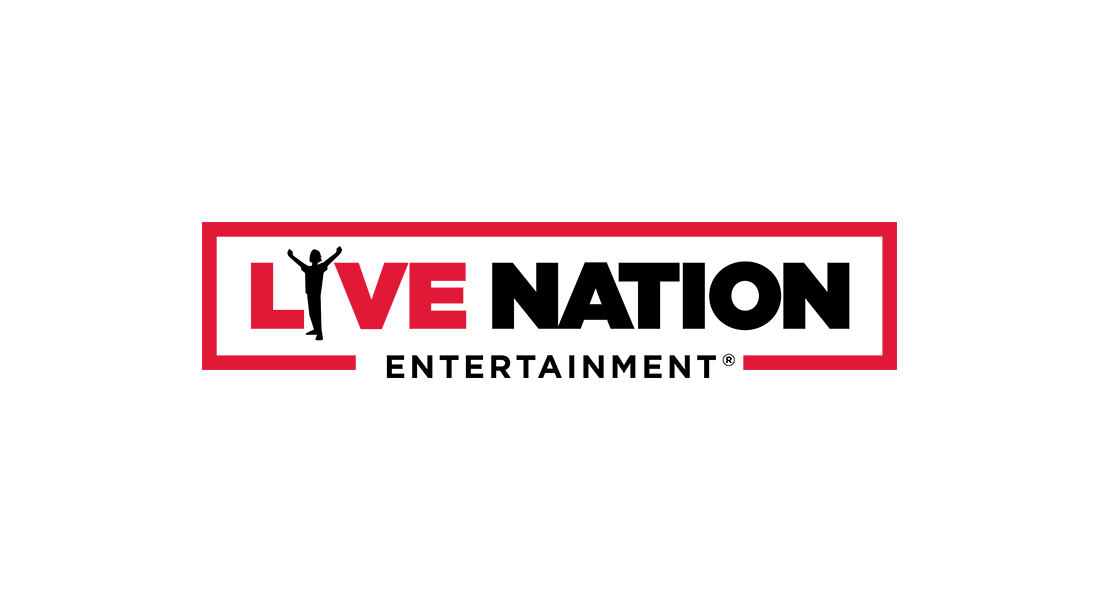
(Hypebot) – After a conflict with major labels where they attempted to put an end to freemium, ad supported streaming had become something many music executives simply tried to ignore. A new look at the statistics, however, has shown it may be a bigger piece of revenue than was guessed, particularly once Pandora is added to the mix.
Guest Post by Mark Mulligan from his Music Industry Blog
Late 2014 a minor crisis emerged in the music industry, with major record labels at one stage looking like they were going to kill off freemium. The outcome of the Freemium Wars was actually less dramatic, resulting instead in an effective continuation of the status quo. The labels had however made it very clear to Spotify who held the whip hand. Though their tones have softened, major label execs retain an at best skeptical view of free streaming. The net result is that freemium has almost become the inconvenient streaming truth that no one really talks about. However free is too big to ignore. In fact free is much bigger than some would like to admit.

According to the IFPI ad supported streaming accounted for just 19% of all US streaming revenues in 2014, down from a high of 30% in 2011. Which points to the success of subscriptions. Except that those numbers ignore a major part of the equation: Pandora (and other semi-interactive radio services). The IFPI has Pandora hidden away with cloud locker services, SiriusXM and a mixture of other revenues in ‘Other Digital’. Extracting the semi-interactive radio revenues that count as label trade revenues wasn’t the most straight forward of tasks but it was worth the effort. Once Pandora is added into the mix it emerges that 56% of US streaming revenues are from free, ad supported services. While that share is down from a high of 66% in 2012 it remained flat in 2013 and 2014. Which means that however fast subscriptions grew Pandora, Slacker, Rhapsody UnRadio and co grew even faster in order to offset the decline in on demand ad supported income.

Semi-interactive radio revenues grew by 40% in 2014 compared to 35% for subscriptions. Subscriptions had grown much faster in 2013 (76% compared to 25%) but Pandora and co found their mojo again in 2014. None of this is to suggest that subscriptions aren’t making great progress but it does show us that free is more than an inconvenient truth, it is both the most widely adopted behavior and the largest revenue source in the US (which accounts for 48% of global digital revenues).
The music industry is beginning to get its head around the fact that the role of streaming as a retail channel (i.e. subscriptions) is always going to be smaller (in reach terms at least) than its role as a radio channel (i.e. free streaming). This more accurate view of the US streaming market shows us that free is even more important than many thought.
Free streaming also has much bigger growth potential. The percentage of consumers that have the inclination to pay 9.99 a month for music is inherently limited, thus constraining subscriptions to a niche addressable audience. Music radio listening by contrast has near ubiquitous reach. Most significantly Pandora currently only represents about 10% of all US radio listening time. The addressable market is much bigger and the vast majority of it remains untapped.



















